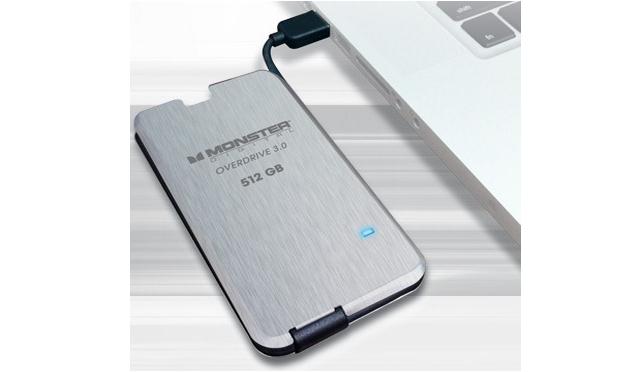

Since both manufacturers have placed emphasis on making their monitors stylish, the advantage in appearance will lie solely in each individual’s preference, which is why we’ve declared this category a tie. The screen itself is only 3.3 inches thick (8.3 cm) but, together with the stand, it becomes 9.1 inches thick (23 cm), which means it will also require a sizeable amount desk space. Given that the monitor has no curvature, it would work great in a multi-monitor setup. The bezel is virtually borderless, as the sides are only half a centimeter (0.2 inches) thick. It also has two additional RGB zones: one being the power button, and the other being the downlight beneath the panel. The Dell Alienware AW2721D has a sturdy metal bi-pod stand with a light gray cover that extends to the back side of the monitor, where two RGB-illuminated displays are situated: a small Alienware logo on the top-right corner, and an accent running across the back of the stand.

Also, its screen and its stand are rather thick – at 11.6 inches (29.5 cm) with the stand, 7.4 inches (18.9 cm) without the stand – so it will need plenty of desk space. The bezel has relatively thin borders, so it can be part of a multi-monitor setup though its curvature and poor viewing angles don’t make it the best candidate for such. The Samsung Odyssey G7 has an all-black body, with a textured back cover, a V-shaped stand that includes a headphone hook and a cutout for cables to pass through, and an RGB-compatible illuminated ring where the stand connects to the monitor. Samsung and Dell both offer a modern, slick, look with their monitors – which are devoid of any tacky “gaming” fad design elements. The panel of the Samsung Odyssey G7 is not a typical Vertical Alignment panel, as instead it includes Samsung’s own Super Vertical Alignment (SVA) variant which have more tolerable viewing angles, up to 300% better contrast ratios, higher brightness levels, up to 50% faster G2G response times – due to how quickly the liquid crystals switch speeds – and lower input lag which is what makes SVA panels an excellent choice for gaming monitors. They do, however, fall short when it comes to contrast ratios. IPS panels, on the other hand, have great viewing angles, great color coverage, and relatively low input lag – but not as low as TN monitors. Traditional VA panels have excellent contrast ratios, decent color gamut reproduction and high brightness levels but they usually lack severely when it comes to viewing angles, and, in some cases, may have high input lag. The main difference between these two monitors is their panels – and the inherent strengths and shortcomings therein. Not only do these two 1440p 240 Hz monitors offer extremely high refresh rates at a QHD resolution, but they also have DisplayHDR 600 compatibility, fast Grey-to-Grey (G2G) response times, and extremely low input lag.

The battle of the high-end 27-inch monitors finds two combatants duking it out to assert dominance in the gaming-peripheral market: The Samsung Odyssey G7 and the Dell Alienware AW2721D.


 0 kommentar(er)
0 kommentar(er)
